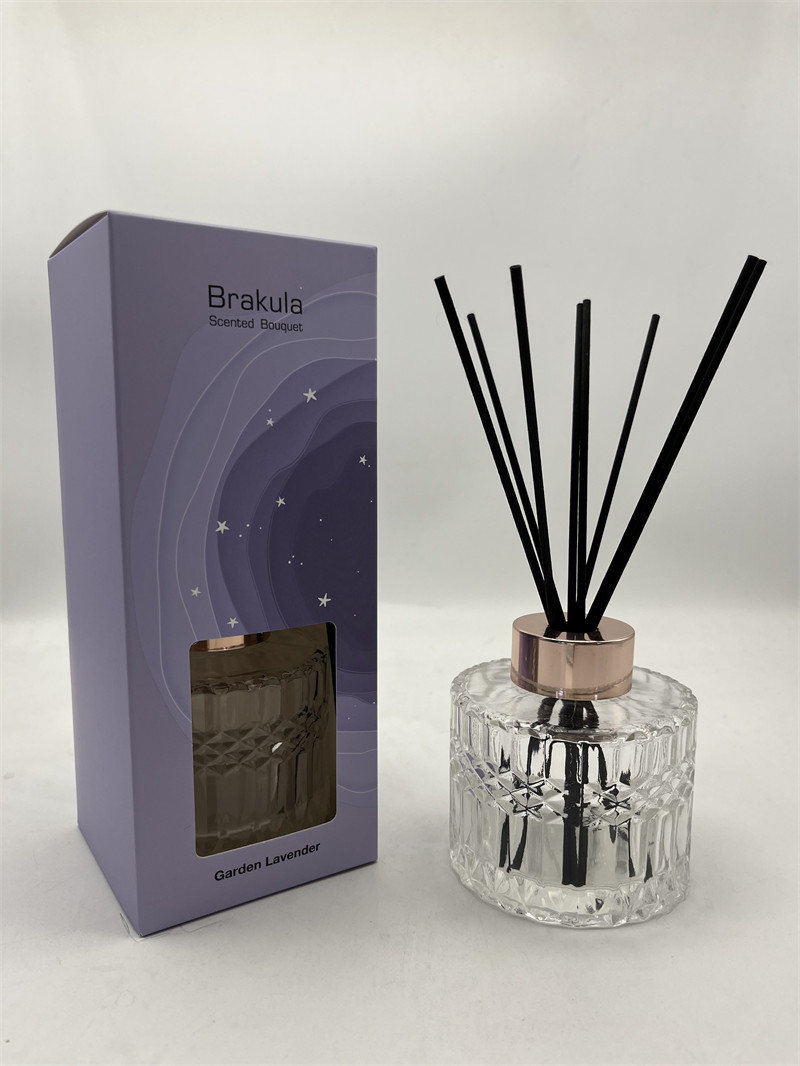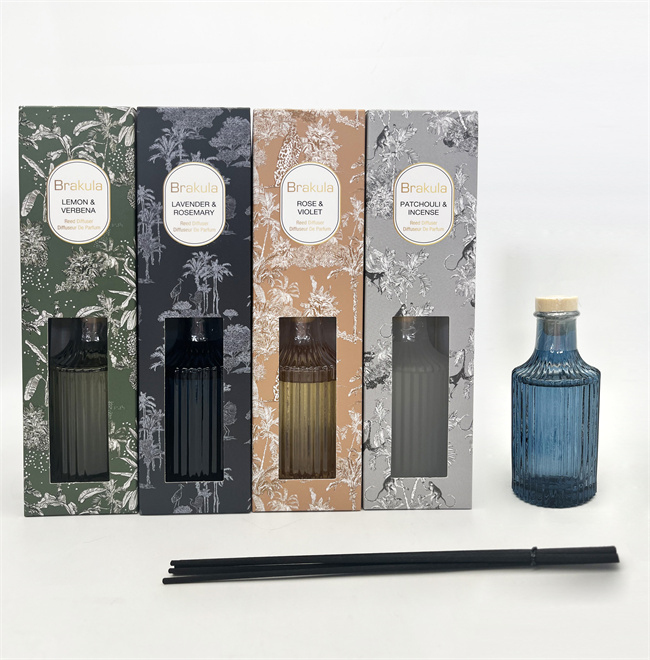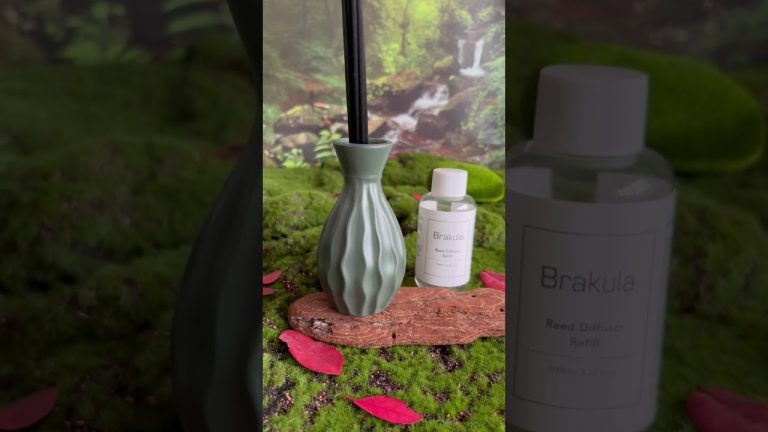Table of Contents
Understanding Air Fresheners and Their Ingredients
| Products | Scent Diffuser |
| Material | Wood |
| Suitable for | Hotel |
| Scents | Winter Fruit, Holiday Pomander |
| Capacity | 120ml |
| Color | Purple |
| Origin | China Wholesaler |
| Duration | 1 year |
Air fresheners are commonly used products designed to mask unpleasant odors in homes, offices, and vehicles. They come in various forms, including sprays, gels, and plug-ins, each containing a blend of chemicals and fragrances intended to create a more pleasant environment. However, the safety of these products has been questioned due to potential health risks associated with their ingredients.
Numerous studies have indicated that some of the compounds found in air fresheners can be harmful. For example, many air fresheners contain phthalates, which are chemicals used to enhance fragrance longevity. Phthalates have been linked to endocrine disruption and may contribute to reproductive issues, raising concerns about their long-term impact on human health.
Additionally, volatile organic compounds (VOCs) are another common ingredient in air fresheners. These compounds can evaporate into the air and contribute to indoor air pollution. Some VOCs are known carcinogens, meaning they can lead to cancer with prolonged exposure. As consumers become more aware of these potential risks, there is increasing demand for safer, more natural alternatives.
The Link Between Air Fresheners and Cancer Risk
Research into the potential carcinogenic effects of air fresheners is ongoing, but some studies suggest a possible connection. Certain chemicals commonly found in these products, such as formaldehyde and benzene, are classified as known or probable human carcinogens. Regular exposure to these substances, especially in poorly ventilated areas, could heighten the risk of developing cancer over time.
A study published in the “International Journal of Environmental Research and Public Health” highlighted that individuals using air fresheners frequently may have a higher risk of developing respiratory problems and other health issues. While this research does not definitively prove that air fresheners cause cancer, it raises important questions about the cumulative effects of inhaling these chemicals regularly.
Moreover, the potential for chemical reactions between the ingredients in air fresheners and other household products can produce harmful byproducts. When used in conjunction with cleaning agents that also release VOCs, the combined exposure could increase health risks, including cancer. This highlights the need for consumers to be cautious about the products they use in their homes.
Safer Alternatives to Conventional Air Fresheners

https://reedaromalab.com/tag/high-quality-reed-oil-diffuser-china-suppliers
As awareness of the risks associated with traditional air fresheners grows, many consumers are seeking safer alternatives. Natural air fresheners made from essential oils, herbs, and other plant-based ingredients offer a healthier option without the harmful chemicals found in conventional products. These alternatives can effectively neutralize odors while providing a pleasant scent.
DIY air fresheners are also gaining popularity. Simple recipes using baking soda, vinegar, or citrus fruits can create effective odor eliminators without the risk of exposure to toxic chemicals. By opting for these homemade solutions, individuals can enjoy a fresher home environment while minimizing health risks.
Furthermore, improving ventilation in living spaces can greatly reduce the need for air fresheners altogether. Opening windows, using exhaust fans, and allowing fresh air to circulate can help eliminate odors naturally. By taking these steps, consumers can create a healthier indoor atmosphere without relying on potentially harmful products.






